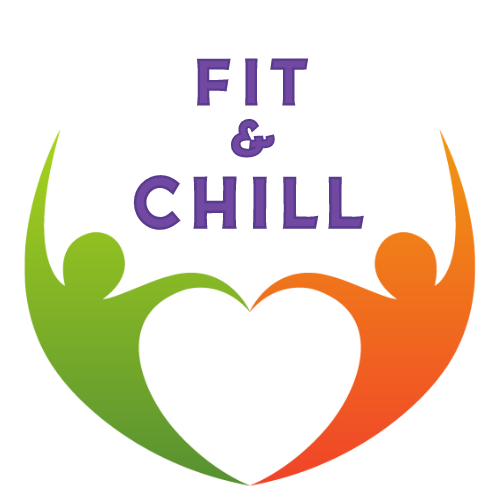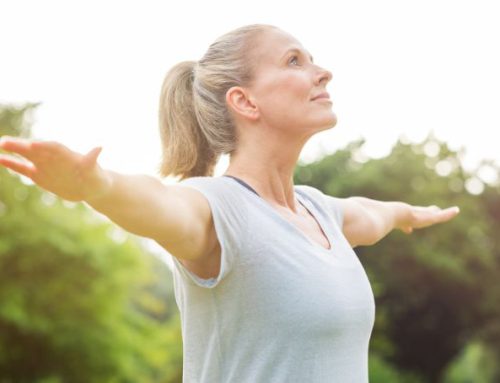Step by Step Guide
- Stand tall with your feet shoulder-width apart and toes pointing slightly outward.
- Place your hands behind your head, with your elbows pointing outward or crossed over your chest.
Perform a Good Morning:
- Engage your core muscles and hinge at your hips, leaning forward with a straight back.
- Lower your torso towards the ground while keeping your knees slightly bent, maintaining a flat back throughout the movement.
- Lower your torso until it is parallel to the ground or as far as comfortable while feeling a stretch in your hamstrings.
- Engage your hamstrings and glutes to raise your torso back to the starting position, keeping your back straight and core engaged.
Perform a Calf Raise:
- Once standing upright, rise up onto the balls of your feet by lifting your heels off the ground.
- Squeeze your calf muscles at the top of the movement to fully engage them.
- Slowly lower your heels back down towards the ground, maintaining control throughout the movement.
- Perform the combined movement of good mornings followed by calf raises for the desired number of repetitions.
Benefits of The Good Mornings + Calf Raises
- Total Body Strength: This compound exercise targets multiple muscle groups in the posterior chain, including the lower back, hamstrings, glutes, and calves, leading to overall strength development.
- Improved Posture: Good mornings help strengthen the lower back and improve spinal alignment, which can contribute to better posture and reduced risk of back pain.
- Enhanced Lower Body Stability: By engaging the core and lower body muscles, this exercise improves stability and balance, reducing the risk of falls and injuries.
- Increased Flexibility: Good mornings promote flexibility in the hamstrings and hip flexors, which is beneficial for overall mobility and range of motion.
- Calf Muscle Activation: The addition of calf raises to the movement targets the calf muscles, helping to strengthen and define the lower leg.
Tips for Beginners:
- Start with Light Weights: Begin with bodyweight or light weights until you master the movement pattern and build sufficient strength and stability.
- Maintain Proper Form: Focus on maintaining a flat back and engaging the core throughout the movement to prevent strain on the lower back.
- Control the Movement: Perform the exercise in a slow and controlled manner, paying attention to form and technique rather than speed.
- Use a Mirror for Feedback: Position yourself in front of a mirror to monitor your form and ensure proper alignment throughout the exercise.



Leave A Comment